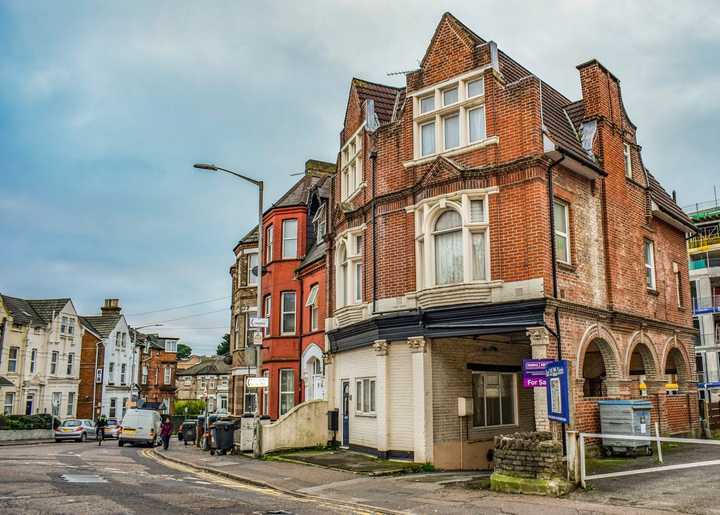Created by BestNeighborhood.org, a property data clearinghouse, the map draws on industry data and economic projections to predict where the economy will be hardest hit by the pandemic over the next 6-12 months.
With just a bit of clicking and zooming, very precise predictions about where the economy is expected to suffer the greatest economic damage from COVID-19 can be searched down to street-level.
The map is color-coded and, at the street-level, based on local employment and industry data. Areas in the darkest red may see 20 percent or more of their workforce newly unemployed. Green areas are expected to be only nominally impacted by the pandemic.
Detailed data isn’t solely confined to major metros, the map provides a close look at just about every street, road, avenue, etc. in the U.S.
HOW WILL YOUR NEIGHBORHOOD DO POST-PANDEMIC?
For an example of just how close to the ground this data gets, take a look at the Beaver Brook and June Street neighborhoods in Worcester.
According to BestNeighborhood’s research, the south side of Chandler Street’s economy is expected to struggle more so than the north side of the street (from Longfellow Road and June Street).
Furthermore, just east of Longfellow Road, in the June Street Neighborhood, is a three-block section of the city where the economy is expected to be only slightly impacted. This area includes Coolidge, Commodore, and Copley roads.
NATIONAL PICTURE
Looking at the national data, researchers noticed some trends:
- Many small cities will likely be hit hardest - among the most impacted cities and towns of all sizes, 77 are small towns with populations under 10,000 people.
- Larger cities, on average, are expected to lose about 5 percent or more of the local economy.
- Across the U.S., the city that is forecast to be least impacted by the pandemic is Cambridge, Massachusetts. The city that will be the worst hit will likely be Spring Valley, Nevada, according to the report.
Click here to follow Daily Voice Peekskill and receive free news updates.


